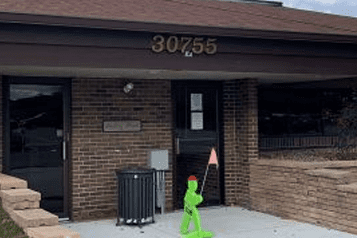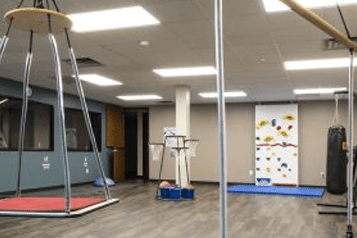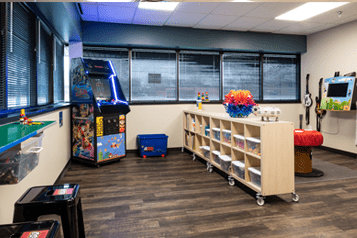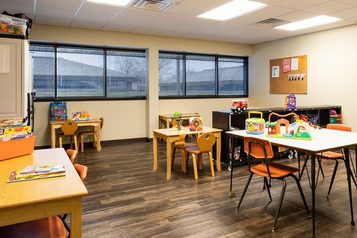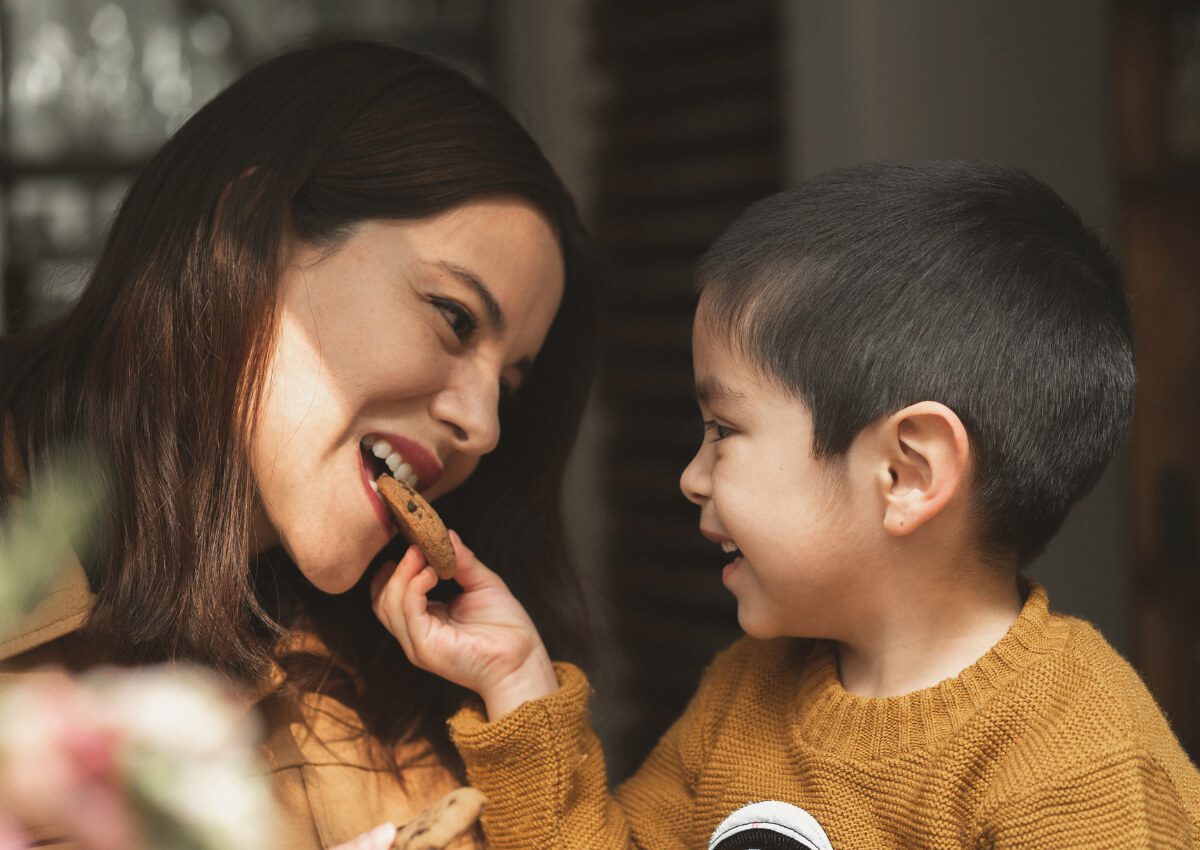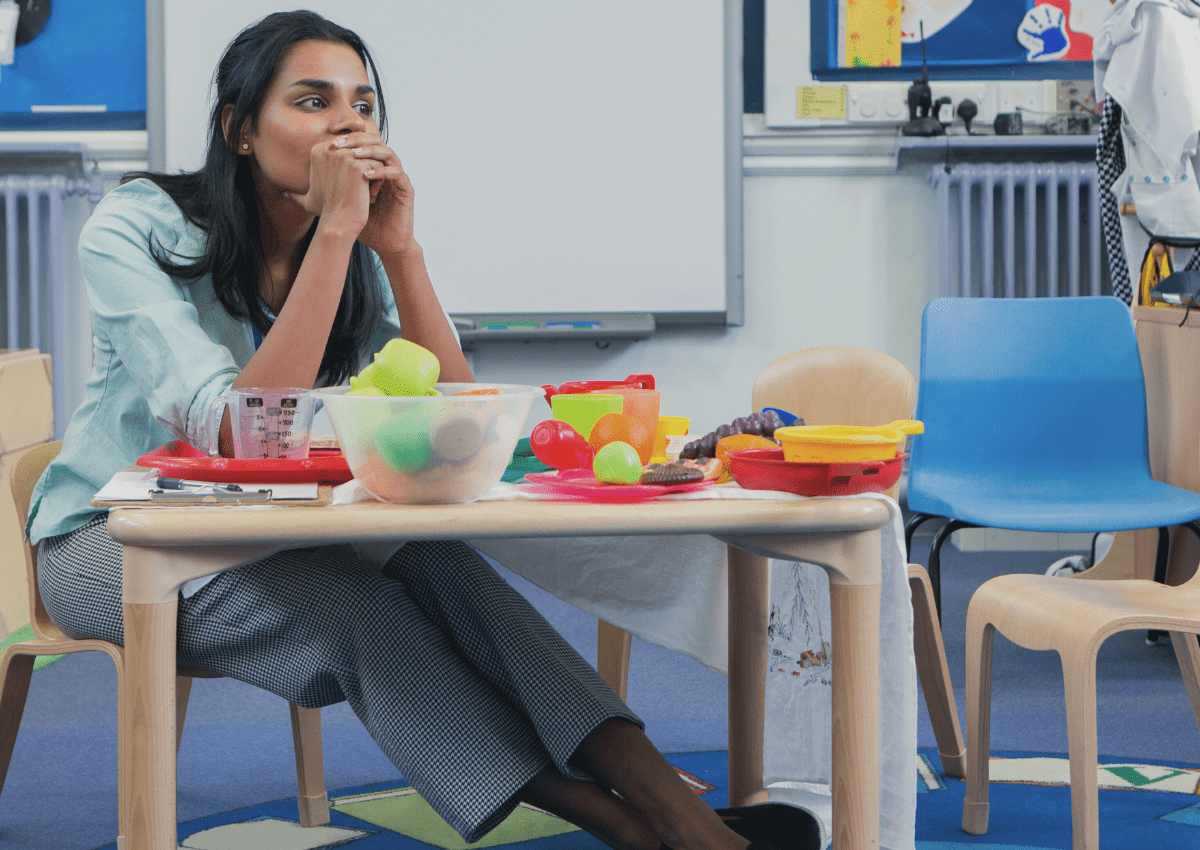Developing Relationships on the Autism Spectrum
In the United States, our culture has predetermined ideas of what love “should” look like. As most of us have experienced, relationships
Addressing Sleep Issues in Children With Autism
Trouble sleeping often plagues many of us due to factors such as stress, physical health, or irregular schedules. But for those on
Understanding Gestalt Language Processing and How it Impacts Your Child’s Communication
As speech-language sciences progress, many are learning about how speech processes correlate with how autistic adults and children communicate with others. A
Fifteen Years Serving the Autism Community
It’s 2025 and we are celebrating our 15th Anniversary! That’s quite a milestone for those working in this field of autism therapy.
The Transition to Summer for Kids with Autism
As summer break approaches, it’s normal to feel anxious about the transition to summer when you have kids with autism. You may
Teacher Burnout? 4 Reasons to Consider the Field of ABA
We heard a lot about teacher burnout during the pandemic. There were many teachers leaving the profession due to tremendous stress from
5 Ways to Support Autism Acceptance Month
It’s April, and during this month at Healing Haven, we, along with many others, celebrate Autism Acceptance Month. And back in 2007,
Autism Acceptance and Finding Community
April is here again, which means it is time to celebrate and honor Autism Acceptance Month. Previously called Autism Awareness Month, the
Applying and Interviewing at Healing Haven: What to Expect
Applying and interviewing for a new job often involves some nerves and a lot of unknowns. You want to make a good
5 Ways to Express Love to Your Child with Autism
This post originally appeared in the February 2020 issue of the Autism Alliance of Michigan MiNavigator Newsletter . Written by former Healing
Developing Relationships on the Autism Spectrum
In the United States, our culture has predetermined ideas of what love “should” look like. As most of us have experienced, relationships
Addressing Sleep Issues in Children With Autism
Trouble sleeping often plagues many of us due to factors such as stress, physical health, or irregular schedules. But for those on
Understanding Gestalt Language Processing and How it Impacts Your Child’s Communication
As speech-language sciences progress, many are learning about how speech processes correlate with how autistic adults and children communicate with others. A
Fifteen Years Serving the Autism Community
It’s 2025 and we are celebrating our 15th Anniversary! That’s quite a milestone for those working in this field of autism therapy.
The Transition to Summer for Kids with Autism
As summer break approaches, it’s normal to feel anxious about the transition to summer when you have kids with autism. You may
Autism Acceptance and Finding Community
April is here again, which means it is time to celebrate and honor Autism Acceptance Month. Previously...
Applying and Interviewing at Healing Haven: What to Expect
Applying and interviewing for a new job often involves some nerves and a lot of unknowns. You want to...
5 Ways to Express Love to Your Child with Autism
This post originally appeared in the February 2020 issue of the Autism Alliance of Michigan MiNavigator...
Developing Relationships on the Autism Spectrum
In the United States, our culture has predetermined ideas of what love “should” look like....
Addressing Sleep Issues in Children With Autism
Trouble sleeping often plagues many of us due to factors such as stress, physical health, or irregular...
Understanding Gestalt Language Processing and How it Impacts Your Child's Communication
As speech-language sciences progress, many are learning about how speech processes correlate with how...
Fifteen Years Serving the Autism Community
It’s 2025 and we are celebrating our 15th Anniversary! That’s quite a milestone for those working in...
The Transition to Summer for Kids with Autism
As summer break approaches, it’s normal to feel anxious about the transition to summer when you have...
Teacher Burnout? 4 Reasons to Consider the Field of ABA
We heard a lot about teacher burnout during the pandemic. There were many teachers leaving the profession...
5 Ways to Support Autism Acceptance Month
It’s April, and during this month at Healing Haven, we, along with many others, celebrate Autism Acceptance...
Autism Acceptance and Finding Community
April is here again, which means it is time to celebrate and honor Autism Acceptance Month. Previously...
Applying and Interviewing at Healing Haven: What to Expect
Applying and interviewing for a new job often involves some nerves and a lot of unknowns. You want to...
5 Ways to Express Love to Your Child with Autism
This post originally appeared in the February 2020 issue of the Autism Alliance of Michigan MiNavigator...
Developing Relationships on the Autism Spectrum
In the United States, our culture has predetermined ideas of what love “should” look like....
Addressing Sleep Issues in Children With Autism
Trouble sleeping often plagues many of us due to factors such as stress, physical health, or irregular...
Understanding Gestalt Language Processing and How it Impacts Your Child's Communication
As speech-language sciences progress, many are learning about how speech processes correlate with how...
Fifteen Years Serving the Autism Community
It’s 2025 and we are celebrating our 15th Anniversary! That’s quite a milestone for those working in...
The Transition to Summer for Kids with Autism
As summer break approaches, it’s normal to feel anxious about the transition to summer when you have...
Teacher Burnout? 4 Reasons to Consider the Field of ABA
We heard a lot about teacher burnout during the pandemic. There were many teachers leaving the profession...
5 Ways to Support Autism Acceptance Month
It’s April, and during this month at Healing Haven, we, along with many others, celebrate Autism Acceptance...







